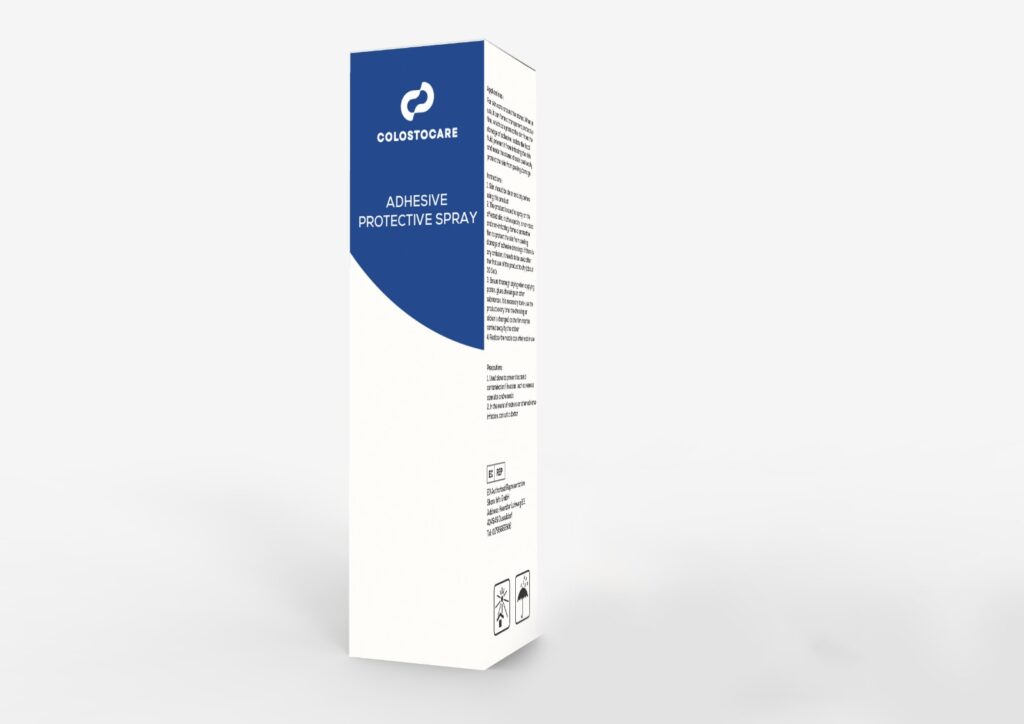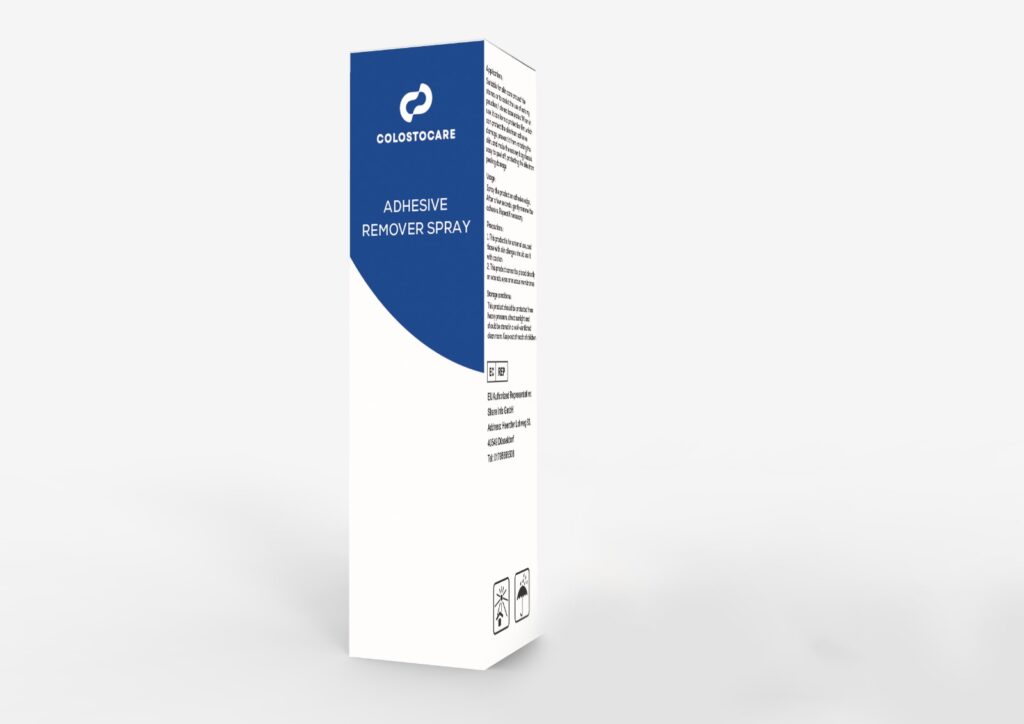Skin
When it comes to skin in ostomy, it’s important to note that the opening created during the procedure is called a stoma. The skin around the stoma is known as the peristomal skin. The peristomal skin is prone to irritation, inflammation, and infection, which can be uncomfortable and sometimes painful for the patient.
It is essential to maintain good hygiene to avoid skin complications in ostomy patients. Patients should clean the peristomal skin regularly with mild soap and water and dry it thoroughly. The use of skin barriers, which are adhesive strips or pastes that protect the peristomal skin from irritation caused by contact with ostomy appliances, can also be helpful.
Choosing the right ostomy appliance is crucial to preventing skin irritation. The appliance should fit comfortably around the stoma to avoid leaks and should be changed regularly to prevent buildup of bacteria and skin irritation.

Ostomy paste
An ostomy paste is a type of medical adhesive used to secure an ostomy pouch or appliance to the skin around a stoma. A stoma is a surgical opening made in the abdominal wall that allows waste products to be diverted out of the body when the normal route of elimination is not functioning properly.
Ostomy paste is typically made of a combination of water-absorbing agents, such as pectin or sodium carboxymethylcellulose, and a mild adhesive to help create a seal between the ostomy pouch and the skin. It is usually available in a tube or a small jar.
To use ostomy paste, a small amount is squeezed onto the back of the ostomy pouch, and then the pouch is applied to the skin around the stoma. The paste can help fill in any irregularities or gaps between the skin and the ostomy appliance, helping to prevent leaks and skin irritation.
Protective Sprays
Protective sprays are commonly used in ostomy care to protect the skin around the stoma from irritation, infection, and other types of damage. These sprays are typically silicone-based and create a thin, protective barrier on the skin. They can be particularly useful for people who have sensitive skin or who are prone to skin irritation.
To use a protective spray, first, clean the skin around the stoma with a mild cleanser and water. Then, allow the skin to dry completely before spraying the protective spray onto the area. Be sure to follow the manufacturer’s instructions for how much spray to use and how often to apply it.
It’s important to note that while protective sprays can be helpful, they are not a substitute for good ostomy care practices. It’s still essential to keep the stoma and surrounding skin clean and dry, change the ostomy pouch as needed, and monitor the skin for any signs of irritation or infection


Adhesive Removal Sprays
Adhesive removal sprays can be useful in the management of ostomies. Ostomy appliances, such as pouches and flanges, are designed to adhere to the skin around the stoma. Over time, these adhesives can build up and cause irritation or damage to the skin, especially if they are not removed properly.
Adhesive removal sprays are specifically designed to dissolve the adhesive used in ostomy appliances, making them easier to remove. These sprays can be applied directly to the skin around the stoma, and then wiped away with a cloth or tissue. They are generally safe to use and can be an effective way to remove adhesive residue without causing further skin irritation.
It is important to choose an adhesive removal spray that is specifically designed for use with ostomy appliances, as some general adhesive removers may contain ingredients that can be harmful to the skin. It is also important to follow the instructions provided with the product and to avoid using excessive force when removing the appliance to avoid further irritation or damage to the skin.







